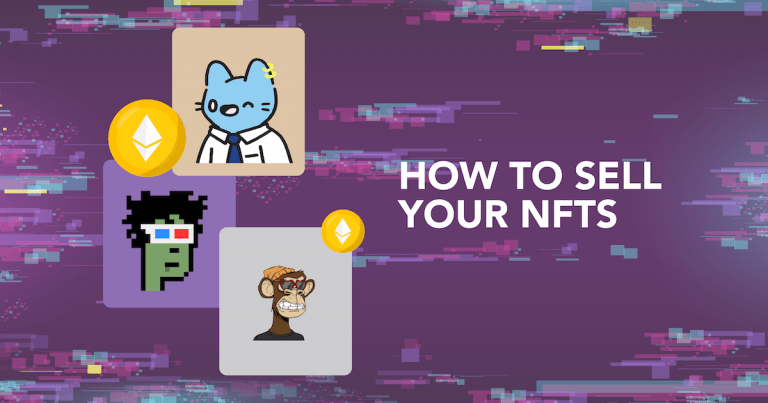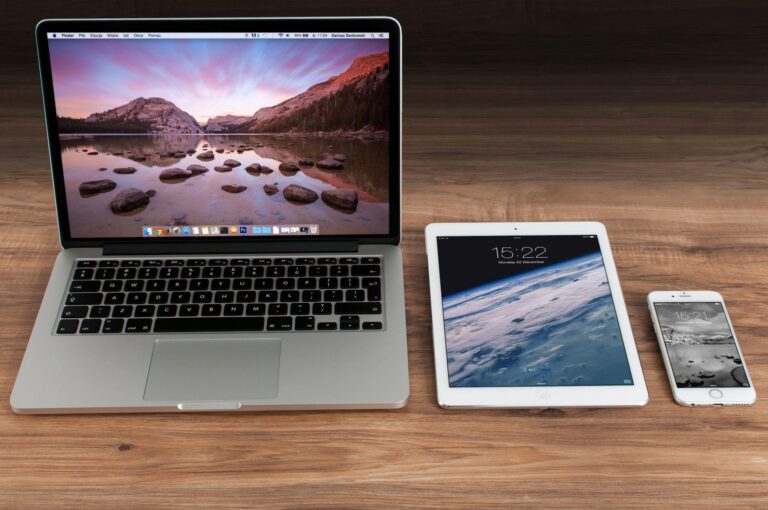Internet Connection Types Explained

In so many ways, the internet dominates the lives of humans throughout the world. Currently, there are five billion users of the internet in the world today and that number is only expected to grow as the technology behind the network of networks becomes more accessible.
Another figure whose increase we can easily predict is the number of hours the average internet user spends on the global network. As of today, we spend two to three hours on average just on social media! One can only imagine what the number would be if we included other aspects of the internet!
It comes as no surprise that a phenomenon as important as the internet is considered a necessity in many parts of the world, especially developed ones like ours. People want to be connected to it all the time. Another thing that is fairly obvious is that lots of people are moving these days.
Employees who lost jobs due to the coronavirus pandemic have gotten other jobs in new locations after workplaces have started opening up. In all of this, many are being made to choose new internet service. In order to assist these people with choosing between different internet connection types, we have come up with this article.
Dial-Up
Dial-up technology has gotten a place here not because of its ultra-high performance as, compared to other internet connection types in modern times, its performance is actually pretty unimpressive. Instead, it makes the list purely on the merit of its past wonders. Dial-up was the primary method of the transmission of the internet in the 1990s. Although the speeds were much less than even 1 Mbps, it was very glorified in society as that was the only technology that brought the internet to the masses.
Check Choosing The Best Gaming Laptop
Digital Subscriber Line
This technology is known as the successor to dial-up technology. The reason behind this labeling is the fact that, like dial-up internet, DSL internet is also transmitted through lines similar to telephone lines. But the similarity ends there. Unlike its predecessor, DSL enables broadband transmission, meaning the internet can be sent from one place to the other at much faster rates.
Oftentimes, the speeds enabled by the digital subscriber line are somewhere in the hundreds of Mbps. A good plan costs you $50 per month while a plan with a lower speed may cost you lesser. This type of internet connection is available in many parts of the world.
Cable
The term cable is often associated with television. Nonetheless, the same cable that enables television service is also used for transmitting internet signals. Cables also allow broadband transmission like in the case of the digital subscriber line. Speeds of cable internet range anywhere from double digits to thousands of Mbps.

This kind of internet is often bought as a bundle package with television service. For example, many subscribers of Xfinity Internet actually cable internet subscribers as well as cable television subscribers. This is because they get discounts as a thank you note by service providers for the added amount of business received. If you want to take advantage of Xfinity’s bundle packages, you can go ahead and call Xfinity customer service.
Check Dropbox Logs
Fiber
Here is, by far, the fastest-growing type of internet on the face of this planet. With this type of internet, you can easily get speeds of up to thousands of megabits per second. For the sake of comparison, these kinds of speeds are tenfold compared to those offered by the other internet connection types mentioned above.
Everything about fiber isn’t awesome though. The biggest drawback remains that fiber is only available in a few parts of the world. Its presence is almost negligible in rural areas. We can only hope that, as time passes on, the fiber becomes more accessible to people. After all, almost all major technologies made their way to the rural populace after being more accessible in urban locations.
Satellite
We are going to make a claim. Satellite internet has opposite characteristics to those of fiber internet. Fiber is fast. Satellite is slow as there is very high latency involved in the transmission of signals from the Earth’s crust to satellites in space and back to the face of the planet. Fiber is not accessible in many areas.
Satellite is accessible in all areas, including the ones in Antarctica. Why? Because it does not get transmitted through wires. All you need to get connected to this type of internet is a receiver on top of your roof.
Check What is Considered Viral on TikTok?
Final Take
It can only be hoped that this article has helped readers better understand the differences in different internet connection types.






